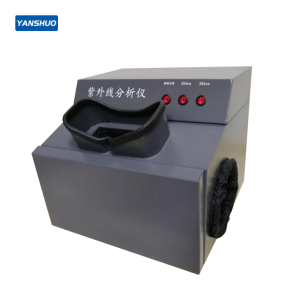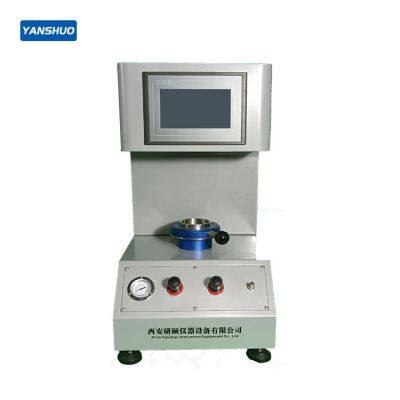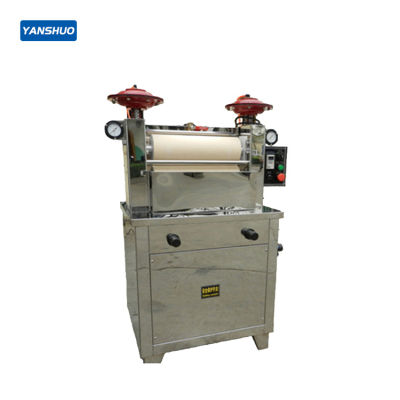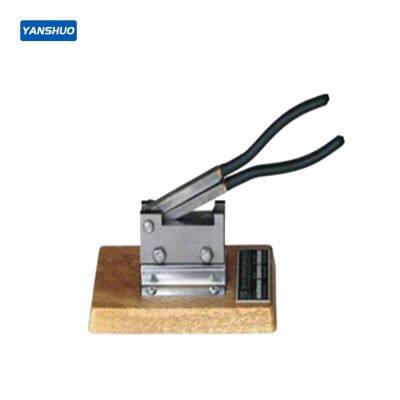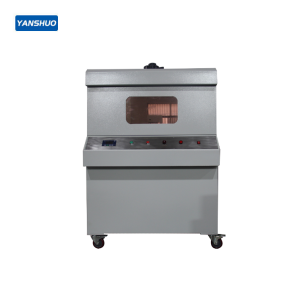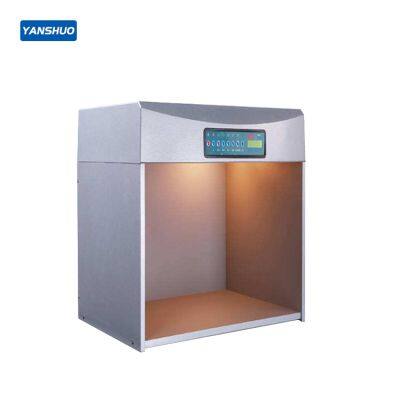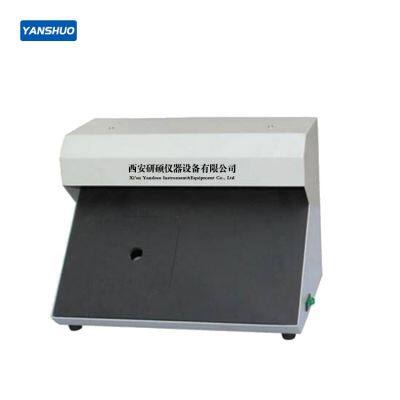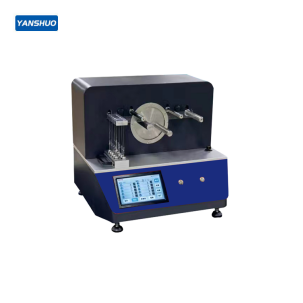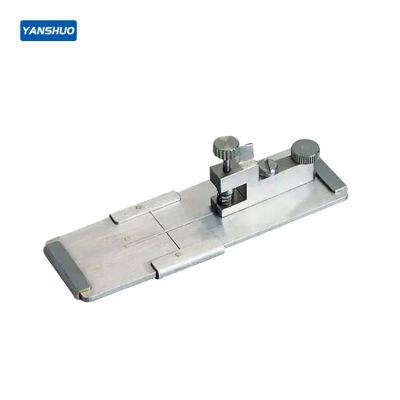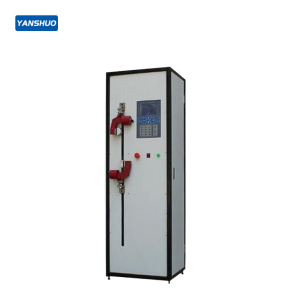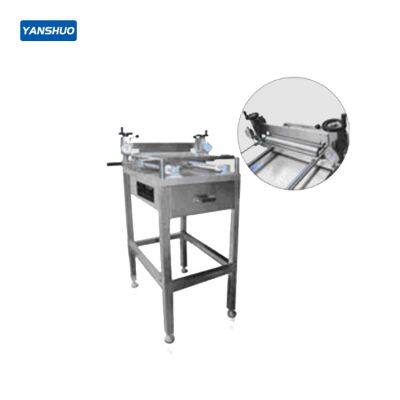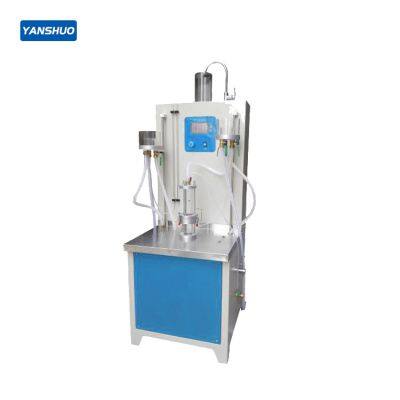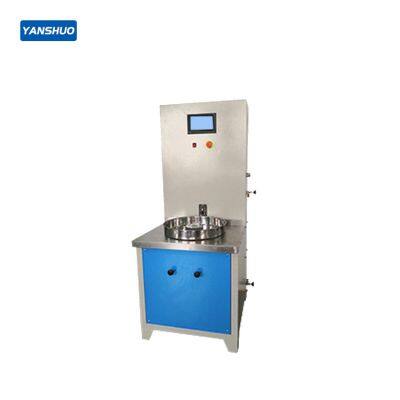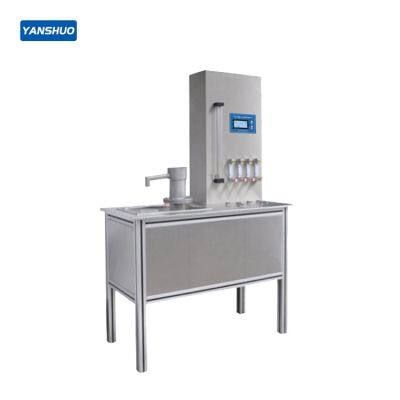Five Fixture Configuration Solutions for Multi-Angle Tensile Testing: Comprehensive Coverage from Fa
Tensile testing is a crucial method for evaluating material properties, and the choice of fixtures directly impacts the accuracy of test results. This article introduces five key fixture configuration solutions for multi-angle tensile testing using electronic tensile testers, with a special focus on the clamping challenges of fabrics and irregular specimens.
I. Standard Pneumatic Fixture Configuration (Recommended by ISO 13934-1)
1. Pneumatic fixtures are the preferred choice for fabric tensile testing due to their uniform clamping pressure, which effectively prevents specimen slippage. According to ISO 13934-1 standards:
2. Serrated clamping surfaces enhance friction.
3. Air pressure should be set between 3-5 bar.
4. A sufficient clamping area (typically ≥25×50 mm) is required.
5. Ideal for conventional textiles such as woven and knitted fabrics.
II. Specialized Fixture Solutions for Irregular Specimens
1. For non-standard specimens (e.g., narrow straps, hook-and-loop fasteners), specialized fixture designs are necessary:
2. Curved adaptive fixtures with elastic padding conform to irregular surfaces.
3. Miniature fixtures for specimens as narrow as 5 mm.
4. Modular fixtures with interchangeable clamping faces for various irregular shapes.
5. Key consideration: Ensure the clamping axis aligns with the tensile direction to avoid lateral forces.
III. Fixture Configurations for High/Low-Temperature Testing
1. Special environmental testing requires:
2. Heat-resistant materials (e.g., special alloys or ceramic coatings).
3. Thermal isolation devices to protect sensors.
4. Temperature-resistant pneumatic lines to prevent rubber degradation.
5. Pre-test thermal equilibration of fixtures is recommended.
IV. Innovative Fixture Designs for Multi-Axial Tensile Testing
1. For composite and anisotropic materials:
2. Cruciform fixtures enable biaxial synchronous stretching.
3. Spherical joint designs eliminate non-axial force interference.
4. Optional optical tracking systems monitor localized deformation.
5. Particularly suitable for geotextiles, medical implants, and similar applications.
Conclusion:Fixture selection should consider specimen characteristics, testing standards, and environmental conditions. High-quality fixtures not only ensure reliable data but also significantly reduce premature specimen failure at clamping points. Before your next tensile test, reevaluate whether your fixture configuration truly meets your testing needs.
Recently Posted
-
Why do disposable diapers need to be tested with professional testing instruments?
August 23, 2025I. Limitations of subjective assessment1.1 Uncontrollable factors in manual testingTraditional manual testing methods have many limitations:Inconsistent testing conditions: The temperature, volume, and pouring speed of the liquid are difficult to standardize in each test.Subjective result judgment: Different personnel have different judgment criteria.Difficult to quantify data: It is impossible to provide precise numerical evRead More -
Domestic vs. Imported Electronic Tensile Testing Machines: Performance Comparison and Cost-Effective
August 22, 20251. Brand Comparison: Technological Heritage and Market LandscapeImported Brands: Examples include Instron, MTS, and Zwick/Roell, which have long dominated the high-end market with a rich history and deep technological heritage. Their products are known for high precision and stability, particularly excelling in fields such as aerospace and cutting-edge scientific research. However, prices are generally high, often two times oRead More -
From Beginner to Expert: Daily Calibration and Error Compensation Techniques for Electronic Universa
August 21, 2025I. Why is Calibration So Important? The Chain Reaction of Errors:A 0.5% force value error can lead to a >20% deviation in fatigue life prediction (ASTM E739 data).Case Study: A spring factory failed to calibrate promptly, resulting in a batch of products exceeding stiffness standards and incurring losses of ¥800,000.Mandatory Standards:ISO 7500-1 stipulates: Class 1 equipment requiresRead More -
Electronic Tensile Tester Selection Guide: 5 Easily Overlooked Key Parameters
August 20, 2025I. Range Selection: Bigger Isn't Always BetterGolden Ratio Principle:Routine test forces should fall within 10%-90% of the range (ASTM E4 requirement)Case: A testing lab purchased a 100kN machine for 5N wire tests, resulting in ±8% error (3x over-limit)Multi-Range Solutions:Test TypeRecommended RangeAccuracy RangeTextile fibers0.5-500N±0.5%Automotive wires1-10kN±0.8%Metal materials10-300kN±1.0%Smart Sensor Tech:Zwick RoelRead More




